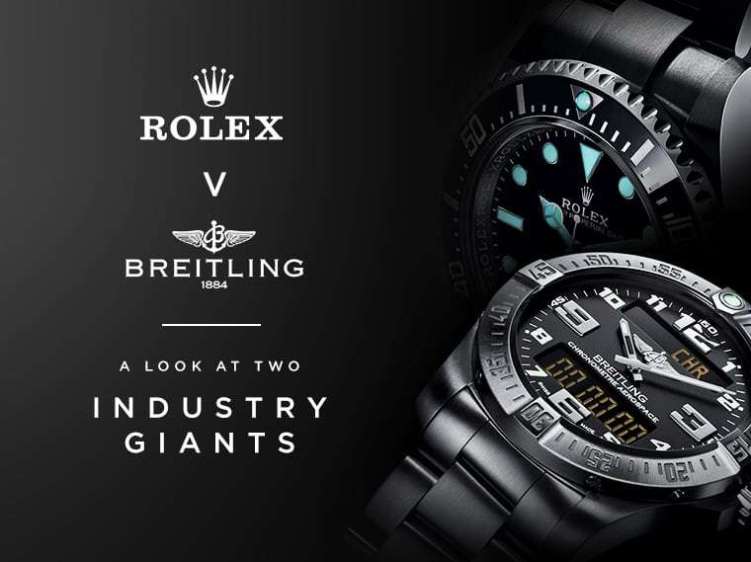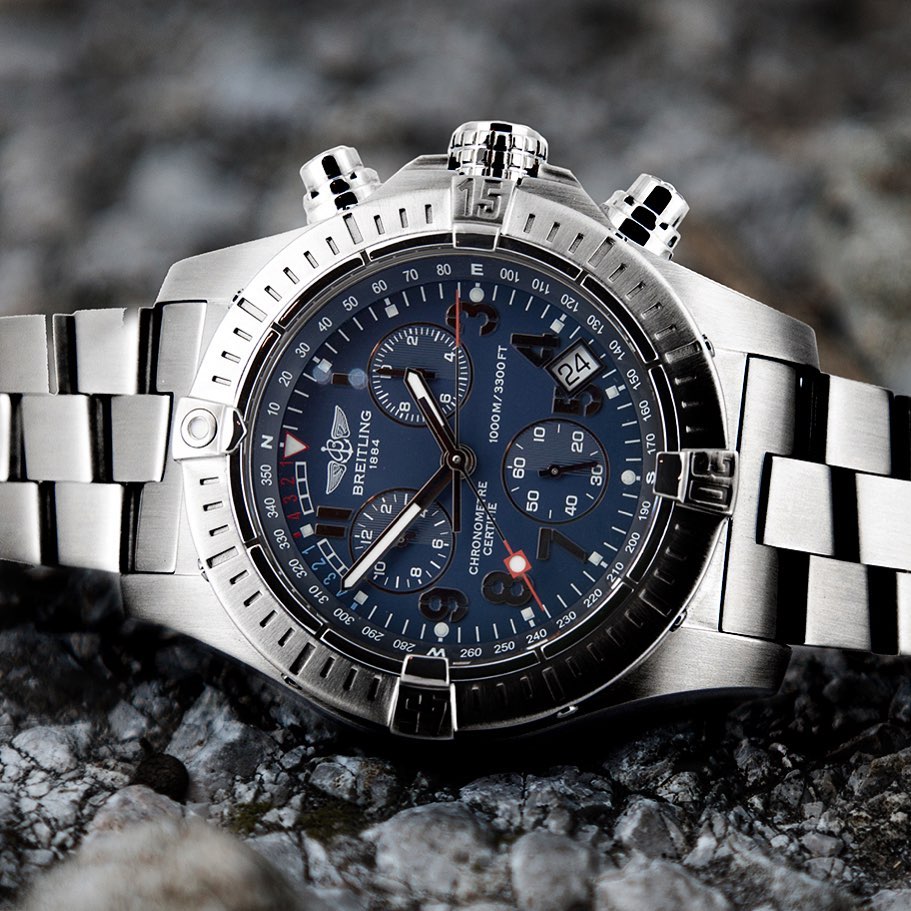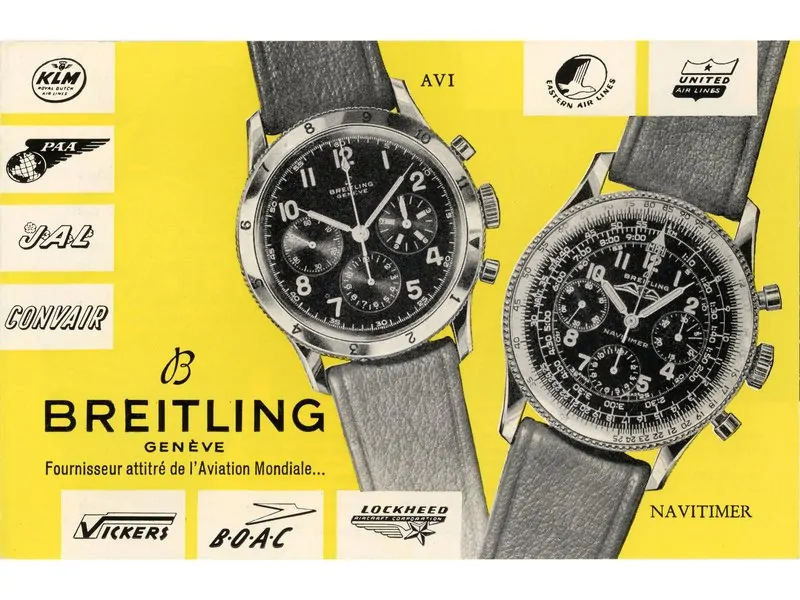Breitling vs Rolex: Battle Of The Brands

Watch & Bullion
26 June 2018 | 6 min read
Table of Contents
There has always been much buzz in the forums and internet articles regarding these two heavyweights of the watch industry. While much of this is the usual trash-talk between fans of one brand denigrating the other, some interesting arguments have been raised about Breitling vs Rolex.
At first glance, it may seem unfair to compare the two, given that Rolex boasts a brand recognition rating of almost 100%, a level currently far beyond the reach of most others. Their closest competitors, however, including Breitling, have been working hard to close the gap. We’ve decided to put together our take on the matter in what we hope is an objective look into the Breitling vs Rolex debate.
A Little Background to Breitling & Rolex
Both manufacturers have been plying their trade for over a century, Breitling having formed in 1884 with Rolex officially established in 1905. Most people automatically identify both as Swiss watchmakers, however, Rolex started out in London and didn’t move to Geneva until 1919, to learn more about Rolex we recommend reading our latest article titled: 29 Fun Facts About Rolex You Need to Know.

Despite Breitling being a Swiss brand for considerably longer than Rolex, the latter proudly claims to be the leading global watch brand, with Breitling coming in 15th overall.

Both Breitling and Rolex have an excellent reputation for producing high-end timepieces that are precision engineered to be as accurate and reliable as possible, with Rolex regarded as the ultimate in luxury and Breitling having forged a reputation as being the choice for professionals in aerospace, aviation and maritime.

Rolex is in a unique and enviable position in that the company is owned by the Wilsdorf Trust (established by Hans Wilsdorf, one of the original founders). This means that the company cannot be sold and is not answerable to shareholders, giving them a sustainable competitive advantage over the years.
Breitling, in comparison, has historically failed to eat into Rolex’s market share, partly due to vying with a number of competing groups (such as Cartier and Omega) and precisely because they have to balance any competitive edge against the whims of their shareholders.
You Pay Your Money…..
Price is not the be-all and end-all when comparing watches. However, it is worth noting that the least expensive model Rolex produce is almost double that of the lowest-priced Breitling.
Purists might argue that Rolex only uses mechanical movements (they stopped using quartz movements entirely shortly after the turn of the millennium), which are inherently more complex and expensive to produce than the quartz movements used in some of the cheaper Breitling models.
On the other hand, quartz movements are smaller, more accurate and require less maintenance than their mechanical counterparts. Breitling boasts both quartz and mechanical watches in their range.
Rolex has again traditionally held a stacked deck about the quality of its materials. For example, the recognised industry standard for steel in watch components is 306L; almost every watch manufacturer uses this. Rolex only uses 904L steel because it offers superior resistance to corrosion and scratching and produces a better-polished finish.
This insistence on only using the best materials goes a long way towards justifying why Rolex watches command such a high price. However, their competitors would argue that much of this is overkill and that they prefer to offer their customers “better value for money” within the luxury watch market.
Of the two companies, Breitling appear to be slightly more consumer-friendly when it comes to customisation of their watches with more options in terms of strap/bracelet choice or case-back style on specific models, so whilst a Rolex may be regarded as THE statement piece, in some respects, Breitling feels more like a bespoke brand.
Playing To Their Strengths
Both companies have established themselves amongst the leading brands in their field, retaining a solid core of “brand devotees” whilst recognising the need to attract new customers. At the heart of this have been the marketing strategies. Whilst sharing some common themes, the underlying approaches have been very different.
One common theme is that Breitling and Rolex have been extremely keen to use brand ambassadors and sponsorship in promoting their products, and a look at some of the names associated with each reflects the demographic they aim towards. Some names are from identical fields, whilst one or two are specific to the brand.


Below we outline some of the names linked with each brand.
Rolex |
Breitling |
|---|---|
| Sir Jackie Stewart | Buzz Aldrin |
| Roger Federer | Bear Grylls |
| Daniel Craig | Brad Pitt |
| Cristiano Ronaldo | David Beckham |
| Arnold Palmer | John Travolta |
| Dame Kiri Te Kanawa | Justin Timberlake |
| The ATP | Breitling Jet Team |
| The U.S. Open | Norton |
| The Open Championship | Bentley |
| Daytona | The Ocean Conservancy |
| Le Mans | |
| Formula 1 |
A key area where the two company strategies diverge relates to discounting. Rolex rarely offers discounts and, despite producing up to 1 million watches a year, has habitually suppressed the quantities released of some models to ensure that demand remains far more than the available supply.
Whilst, on the face of it, this seems counter-intuitive to many modern business models, it has created enormous hype and helped reinforce brand loyalty with a 10-year waiting list for models like the Stainless Steel Daytona.
In addition, this has further driven the already huge demand for pre-owned Rolex models to incredible levels, with some models attracting three times their recommended retail price.
On the other hand, Breitling has offered some quite attractive discounts on their models from time to time. Unlike the Rolex policy of “drip-feeding” models onto the market (essentially making almost every watch very hard to get), Breitling do regularly issue Special or Limited Editions of their models, usually linked either to specific events or to reinforce links to their partners, such as the Breitling for Bentley range.
Rolex does not rely on a multi-brand strategy, unlike almost all other watch manufacturers. They remain highly selective in their use of distributors and have retained the same conservative and traditional ethos almost since inception, with an essentially consistent tone in terms of both product and communication throughout.
In contrast, Breitling has periodically struggled to gain brand recognition due to having what some regard as only niche appeal. More recent ventures like the Breitling Jet Team and Breitling for Bentley have certainly helped bring them more exposure. Still, the company’s trump card may be the appointment of Georges Kern as CEO who we covered in the article titled: The Man Behind the Gears. His track record suggests he has something of the Midas touch in leading brands to glory.
In their defence
In opening this article, we stated that we would present the facts as objectively as possible. In that spirit, we’d like to address a few points that have been raised in criticism of the two companies.
Rolex has unsurprisingly dealt with various knocks against its image as the leading brand. There is a degree of perception that Rolex watches are essentially all variations upon the same theme and that their range is limited. A quick visit to the Rolex website should dispel that. Rolex regularly introduces new models to their range, in common with most manufacturers. The fact that retired or rare models remain highly sought after also speaks volumes.
Equally, Breitling has been accused of producing products that are “Excessively manly.” For many, their heavily engineered chronometers are regarded as too chunky or niche to appeal broadly. Having long been associated with aviation and aeronautics, it should be of little surprise to people that many of their watches reflect this.
These pieces are built to exacting standards and made to last through the rigours of some very intense usage. Even so, to offset this, the company have introduced various models which are much slimmer or less cluttered in design and include several models which take inspiration from far more classical dress watch styles.
So, who wins in our battle of Breitling vs Rolex?
As in all things, this is a matter of personal choice. Some people will always favour one brand, and others will happily entertain both in their collection. It is a shame that there are those prepared to dismiss either of these great brands based on preconceptions.
If you have enjoyed this article be sure to check out the rest of our blog right here.


